If you are a self-published author, you know how important it is to have a professional book cover. Your book cover is the first thing that potential readers will see, and it can make or break their decision to buy your book.
One of the key elements of a great book cover is the font. The font is not just a way to display the title and author name, but also a way to convey the mood, tone, genre and quality of your book. A well-chosen font can help you stand out from the crowd and attract your target audience.
But how do you choose the best font for your book cover? There are thousands of fonts available online, some free and some paid. How do you know which one suits your book best? And where can you find them?
In this guide, we will answer these questions and more. We will show you how to select the best font for your book cover based on your genre, target market and design preferences. We will also give you some examples of popular fonts used for different book genres: Fantasy, Romance, Thriller, Mystery and Science Fiction. And we will tell you where to find these fonts online.
Let’s get started!
Table of contents
The Role of Fonts in Book Cover Design
The font you choose for your book cover plays a crucial role in conveying the mood and tone of your story. It’s essential to select a font that not only matches your book’s genre but also sets the right expectations for readers. A well-chosen font can entice readers, create an emotional connection, and boost sales.
Different fonts can evoke specific emotions or associations in readers. Understanding the psychological impact of fonts can help you choose a typeface that aligns with your book’s mood and message. For example, serif fonts are often perceived as traditional and trustworthy, while sans-serif fonts can appear modern and clean. Script fonts may evoke elegance or romance, while display fonts can convey a sense of playfulness or creativity.
Before we dive into specific genres and examples, let’s talk about some general principles that apply to any book cover font.
Tips for Choosing the Right Book Cover Font
- Legibility and readability: Your chosen font should be easy to read, even from a distance or when displayed as a thumbnail online. Avoid overly decorative or intricate fonts that may be difficult to decipher.
- Match font style with book genre: The font should accurately represent your book’s genre and attract your target audience. For example, a whimsical font may work well for a fantasy novel, while a bold, modern font might be more fitting for a thriller.
- Font hierarchy: Consider how the different fonts on your cover interact with each other. The title should be the most prominent, followed by the subtitle and author name. Make sure to use contrasting fonts or sizes to create a clear hierarchy.
- Font pairing: Choose fonts that complement each other when used together on the cover. For example, you might pair a bold, eye-catching font for the title with a more understated, readable font for the author name and subtitle.
- Custom typography: If you’re looking for a truly unique and memorable book cover, consider commissioning a custom typeface or lettering. This option can set your book apart and create a strong visual identity for your work.
- Be Integrated: Your font should work well with the rest of your cover design elements: colors, images, layout etc. You don’t want to use a font that clashes with or distracts from your cover image or message. You want to use a font that complements and enhances your overall design.
Now that we’ve learned some tips, let’s look at popular fonts and examples of covers that use them.
Best Book Cover Fonts by Genre (plus cover design examples)
In this section, we’ll explore the most popular book cover fonts by genre, providing cover design examples to help you find the right typeface to capture your book’s essence and captivate your target audience. Keep in mind, we’re just scratching the surface of the vast world of fonts. If you don’t see one that perfectly suits your needs, don’t worry! Be sure to check out our resources section below to discover even more options and find the ideal match for your book cover design.
Fantasy
Fantasy books are known for their imaginative worlds, magical creatures, epic adventures etc. They often appeal to readers who love escapism, wonder, and creativity.
Some common characteristics of fantasy book cover fonts are:
- They are often serif fonts, which give them an old-fashioned, classic, or elegant feel.They have some decorative elements, such as swirls, curves, or ornaments, that add some flair and personality to the letters.They sometimes have a mystical or magical feel, such as glowing effects, sparkles, or runes.
Some examples of fantasy book cover fonts from our portfolio are:
- Imperia: This font is a dramatically stylized and elegant typeface, often used on fantasy book covers for its atmospheric evocation of grandeur and mystique. You can see it in use in the title and author name for our design of The Legend of the Kestrel:
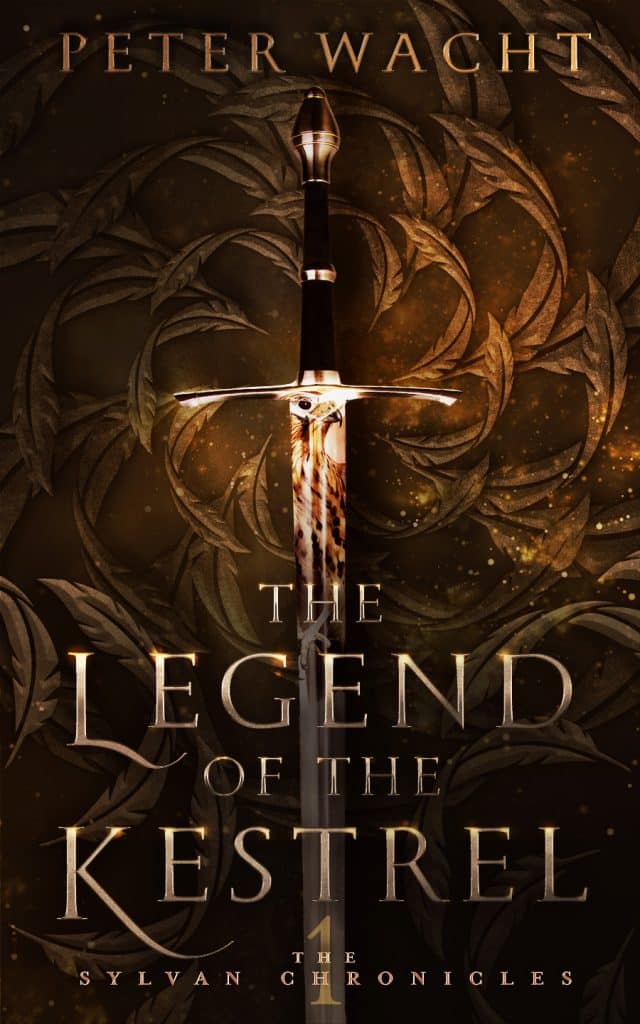
- Cinzel: The Cinzel font is a robust and minimalist typeface, often utilized on book covers to imbue them with an air of timeless sophistication and gravitas which can be seen on display in our design for Brayden’s Darkness:
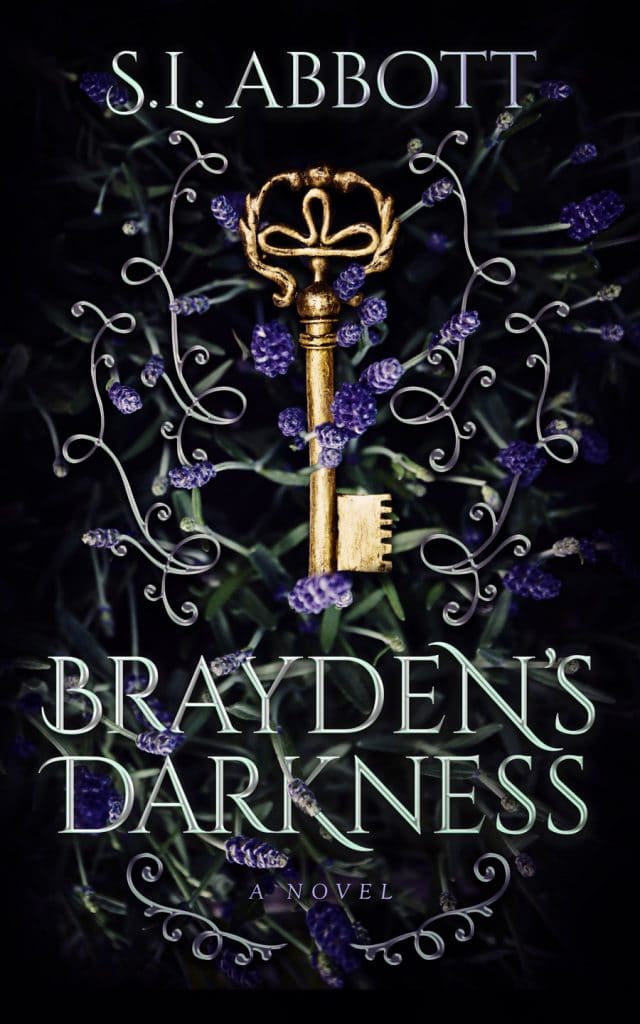
- Fournier: A classic typeface with a slightly unusual design, Fournier can give a unique character to a fantasy book cover.
- Brilon: The Brilon font is a stylish and vintage-inspired typeface, often adopted on book covers to channel an aura of nostalgic elegance and distinct character as evidenced in our design of Curse Painter:

- Ashter – The Asther fashion font is a chic and contemporary typeface, often seen on book covers to evoke an atmosphere of stylish sophistication and modern elegance. See below in our dark fantasy cover design for The Last Spirit Walker.
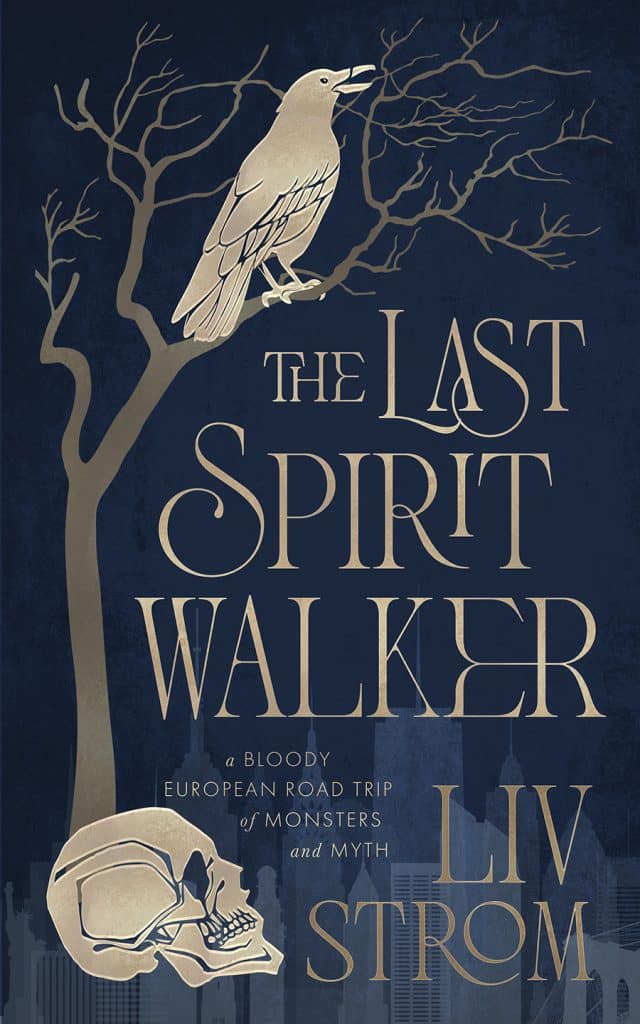
Romance
Romance books are known for their emotional stories, passionate characters, and happy endings. They often appeal to readers who love escapism, romance, and drama.
Some common characteristics of romance book cover fonts are:
- They are often script fonts, which give them a romantic, elegant, or feminine feel.
- They have some curves and flourishes, that add some flair and personality to the letters.
- They sometimes have a handwritten or calligraphic feel, such as brush strokes, ink splatters, or variable thickness.
Some examples of fonts from our romance book covers:
- Bernitha Angelica Berkeley: This is a uniquely ornate and fluid typeface, frequently selected for book covers to convey a sense of intricate beauty and an enchanting, timeless narrative. It’s shown off nicely in our design of Ruby Duvall’s Caught in the Devil’s Hand:

- Edwardian Script: The Edwardian Script is a refined and elegantly sweeping typeface, typically utilized on book covers to communicate a sense of aristocratic grace and historical depth. This ornate, romantic script font is perfect for historical romance novels.
- Kailey: The Kailey font by Great Lakes Lettering is a whimsically curved and expressive typeface, commonly featured on book covers to infuse them with a sense of playful charm and artistic flair. These characteristics work well for the cover we created for Trampled by Love.
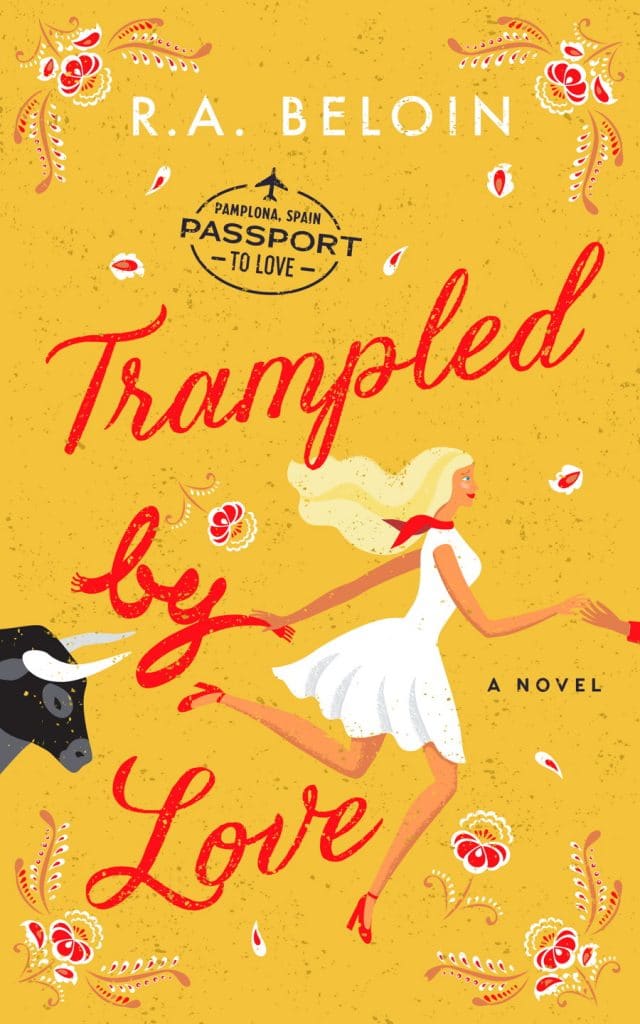
- The Adios Script: A lavishly flowing and romantic typeface, often featured on romance book covers to encapsulate a sense of passionate allure and heartfelt emotion. See an example in our design for Harborwood.
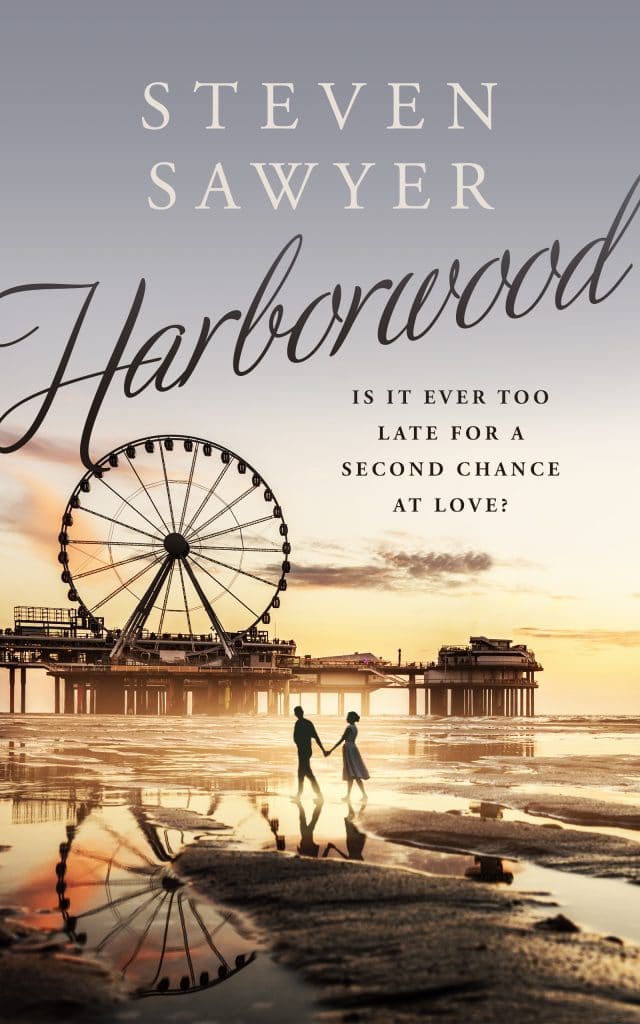
- Madelyn: The Madelyn font is a soft and elegant typeface, frequently chosen for romance book covers to express a sense of tender love and sophisticated charm. See it in action on our design for Maybe It’s You.

Thriller
Thriller books are known for their suspenseful stories, dangerous situations, and unexpected twists. They often appeal to readers who love excitement, adrenaline, and mystery.
Some common characteristics of thriller book cover fonts are:
- They are often sans-serif fonts, which give them a modern, clean, and straightforward feel.
- They have strong, bold lettering that adds to the intensity and drama of the thriller genre.
- They sometimes have irregularities or distortions to reflect the suspense and unexpected turns typical in thriller narratives.
Some examples of fonts from our thriller book covers:
- Acumin: The Acumin font is a versatile and crisp typeface, frequently employed on thriller book covers to instill a sense of stark clarity and imminent suspense. Check it out on our design for Alan Lee’s smash hit, August Origins:

- Miller Type Foundry: A classically grounded yet versatile typeface, frequently featured on thriller book covers to infuse them with an air of historical intrigue and subtle tension. See it use on our design for Sarah A. Denzil’s best-selling series opener, One for Sorrow.

- Futura: The Futura font is a clean and geometric typeface, commonly chosen for thriller and sci fi book covers alike to evoke a sense of stark reality, tension, and the imminent unravelling of complex mysteries. See below in The Knowing in both the author and title:
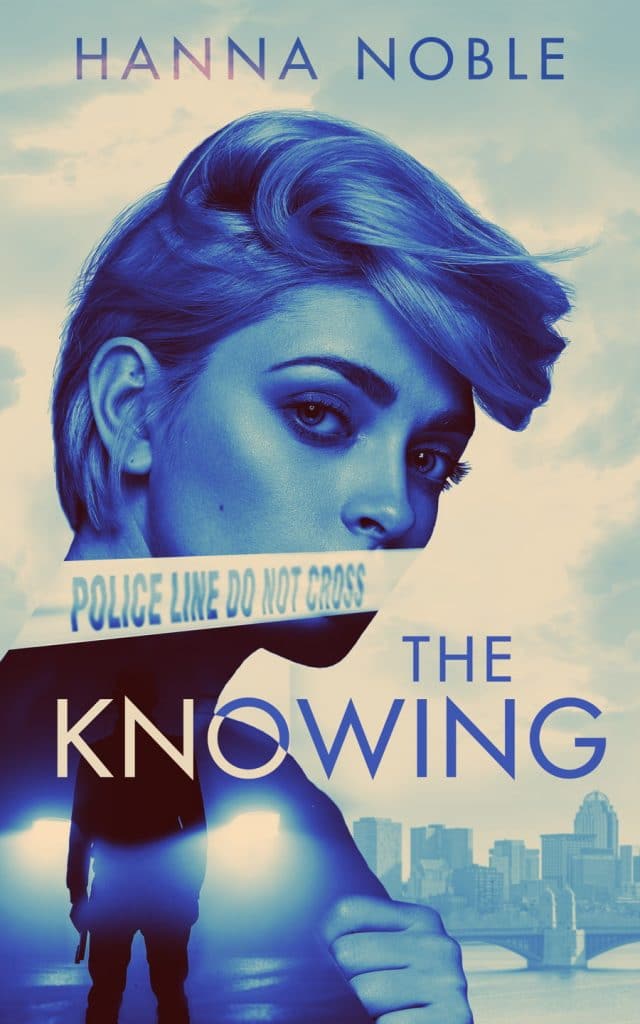
- Steelfish: This font is a sleek and bold typeface, often selected for suspense book cover designs to enhance the sense of urgency, intensity, and gripping anticipation. We put it to use in our design for Islanders.
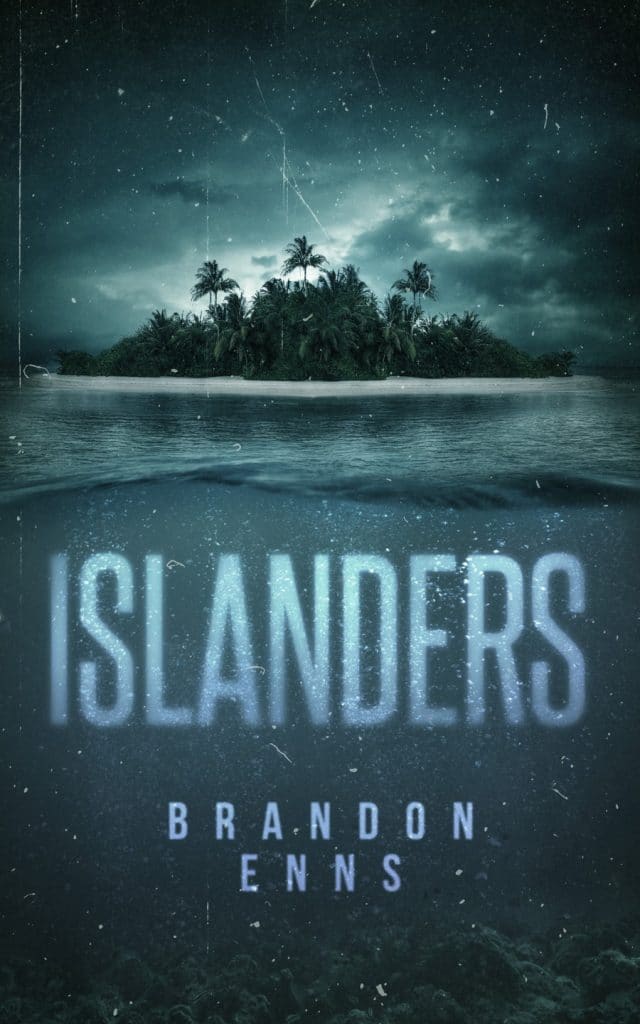
Science Fiction
Science fiction books are known for their futuristic settings, advanced technology, and imaginative concepts. They often appeal to readers who love exploration, innovation, and contemplating the possibilities of human advancement.
Some common characteristics of science fiction book cover fonts are:
- They are often sans-serif fonts, which give them a modern, sleek, or futuristic feel.
- They have a sense of technological sophistication, hinting at the advanced worlds and ideas within the pages.
- They sometimes have unique or unconventional elements that add a futuristic touch to the letters.
Some examples of science fiction book cover fonts are:
- Termina: This is a futuristic and assertive typeface, frequently utilized on sci-fi book covers to project a sense of technological advancement, sleek design, and captivating intrigue. Check it out on our design for The Dawn of Legaia.
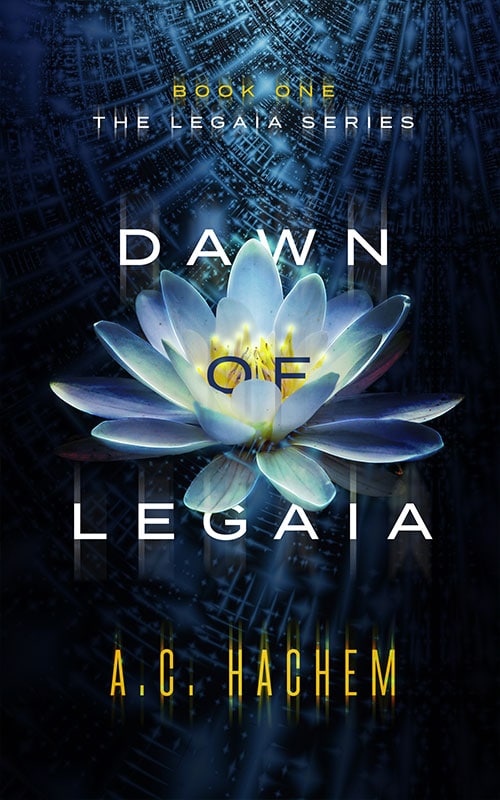
- Bebas Neue: This futuristic-looking font is perfect for science fiction book covers, conveying a sense of technology and innovation.
- GoBold: With its bold, geometric strokes and futuristic allure, this font delivers an immediate sense of intrigue, high-stakes action, and advanced technology, perfect for setting the dramatic tone on a sci-fi book cover like Wake Me After the Apocalypse.

Now that we have shown some examples, where does one find these fonts?!
Resources for Finding Book Cover Fonts
Now that you have some ideas of what fonts to use for your book cover, you might be wondering where to find them online.
There are many websites that offer fonts for download. We’ve narrowed it down to what we think the top 10 best websites for paid or free book cover fonts:
- DaFont : A website that offers over 35,000 free fonts for personal use only. You can browse by category, style, theme etc.
- Creative Market: An online marketplace for creative assets, including a diverse collection of premium fonts. Creative Market allows you to purchase individual fonts or font bundles directly from independent designers.
- FontSpace : A website that offers over 40,000 free fonts for personal and commercial use. You can browse by category, style, theme, designer etc.
- Envato Elements : A subscription-based service that gives you unlimited access to over 16,000 premium fonts for personal and commercial use. You can also get other design assets like graphics, templates etc.
- Google Fonts : A website that offers over 1,000 free fonts for personal and commercial use. You can browse by category, style, language.
- FontSquirrel: A curated collection of high-quality, free fonts for commercial use. FontSquirrel handpicks fonts from different sources and ensures they meet the standards for professional design projects.
- MyFonts: A marketplace for premium fonts, offering an extensive range of typefaces from numerous designers and foundries. MyFonts provides both individual font purchases and font family packages, with licensing options for different usage types.
- Adobe Fonts: A subscription-based font library available to Adobe Creative Cloud subscribers. It offers thousands of high-quality fonts from various foundries, with seamless integration into Adobe applications for a streamlined design workflow.
- Fontspring: A font marketplace that provides a mix of free and premium fonts from independent designers and foundries. It offers flexible licensing options for different usage scenarios, such as web, desktop, and ebooks.
- Fonts.com: A large font library with a wide selection of premium fonts from renowned foundries. Fonts.com offers various licensing options, including subscriptions and individual font purchases for web, desktop, and app usage.
When choosing a font online, make sure to check the license terms before downloading or using it. Some fonts may require attribution, donation, or permission from the author.
Also, make sure to test your font on different devices and platforms where your book might appear. You want to make sure your font is compatible and consistent across all formats.
Working with a Designer or Using DIY Design Tools
While finding and selecting the perfect font is crucial, you may also consider hiring a professional book cover designer or using DIY design tools to create a polished and eye-catching cover. Here are some benefits and options to consider:
- Hiring a professional designer: A book cover designer can help you select the best font for your book cover, as well as create a balanced and visually appealing design that is consistent across the front, spine and back cover of the book. At Ebook Launch, we specialize in book cover design services with a strong emphasis on selecting the perfect font for our book covers (all of the examples in this post were designed by us and you can view our portfolio for more). Our design team, possessing genre-specific expertise, understands the nuances of various genres and tailors the typography to resonate with target readers. If you need help in this area, please get in touch. Here’s a post detailing the tips for hiring and working with a book cover designer.
- DIY design tools: If you prefer a more hands-on approach, numerous design tools and software are available, such as Canva, DIY Book Covers, and BookBrush. These tools often provide customizable templates, making it easy to apply your chosen font and create a professional-looking cover.
Collaborating with a designer or utilizing DIY design tools can ensure your book cover stands out, effectively incorporating the ideal font for your genre and story.
Conclusion
In the world of self-publishing, a captivating book cover is essential for capturing the attention of potential readers. By carefully selecting the right font for your book’s genre, ensuring legibility and readability, considering font hierarchy, and understanding the psychology of fonts, you can create a visually appealing and genre-appropriate cover that invites readers to explore your story.
Whether you choose to work with a professional designer, commission custom typography, or go the DIY route, the time and effort you invest in finding the perfect font for your book cover will pay off in the form of increased reader interest and, ultimately, higher sales. Happy font hunting!

